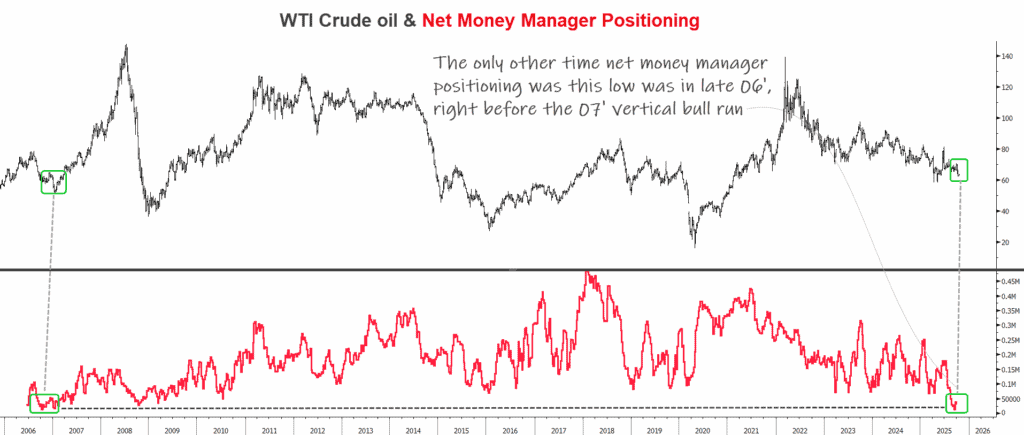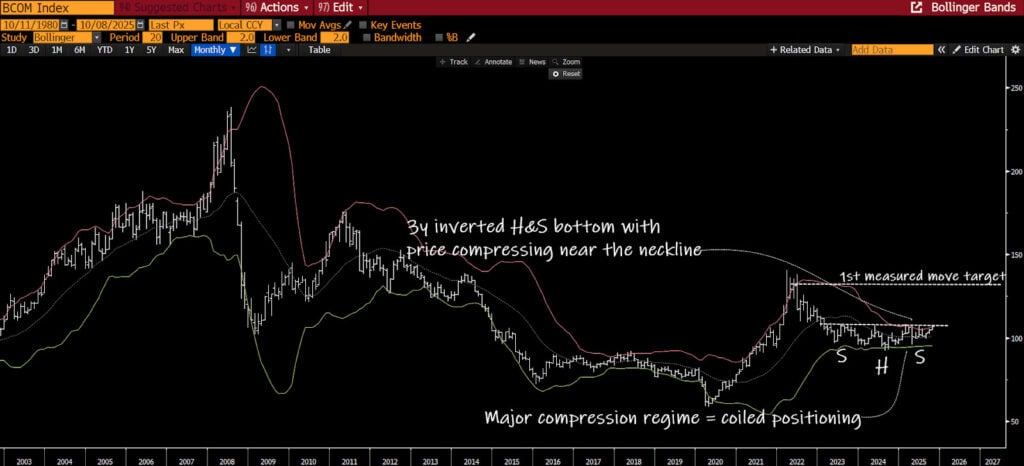“When everyone is looking for gold, it’s a good time to be in the pick and shovel business.” – Mark Twain.
We’re in the midst of another gold rush. It doesn’t look or feel like the first one. No, today’s gold rush lives inside every consumer e-commerce purchase.
The 1847 gold rush taught us something. Actual wealth creation didn’t come from mining gold. It came from providing the picks and the shovels to those that wanted to mine.
Today’s e-commerce businesses will generate substantial wealth if they follow the same principle. Instead of focusing on the commodity the consumer buys, true winners will provide the tools for their customers to find the products they want in the most efficient way possible.
Enter the Consumer Picks and Shovels Framework.
The Consumer Picks and Shovels Investment Framework provides a lens into how today’s e-commerce businesses help consumers find the products and styles they desire. Using these tools, consumers can now curate items and buy what they want at a fraction of the time.
Investing in the Consumer Picks and Shovels can be an extremely profitable endeavor. Examples of this framework include companies like Stitch Fix (SFIX), Moonpig (MOON), and Westwing (WEW).
By the end of the essay, you’ll have a clear understanding of how today’s companies build their picks, how/why customers use them, and how to spot them in future business models.
The Original Picks and Shovels Business Model
Samuel Brannan is the OG of the Picks and Shovels model. He operated a general store in Sutter’s Fort (modern-day Sacramento), and in 1847 noticed something peculiar about the town’s population trend. Legions were flocking to Sutter’s Fort in search of easy riches. A quest for gold.
Brannan had a unique perspective on the gold rush. His general store was the only shop between town and the California hillside. He noticed that every miner used two tools: a pick for digging and a pan for sifting.
Instead of mining, he realized, he would sell the miners the supplies they needed to find their gold. So Brannan did what any sharp-minded monopolist would do and cornered the pan market.
His plan worked.
He paid $0.20 per pan (roughly $6.41 in today’s dollars) and sold them for ~$15 apiece (or $481.12 today). That’s a 98.67% profit margin.
In nine weeks, Brannan sold $36,000 worth of pans. That’s $1,154,695 in today’s dollars.
Those two months minted Brannan as California’s first millionaire. All thanks to selling the tools others needed to find the things they wanted.
What A Drunk Ex-Mormon Has To Do With Consumer Picks and Shovels
There is no difference between the picks and shovels Brannan sold and today’s digital tools. Both provide the equipment necessary to achieve a consumer’s desired result.
Now I know what you’re thinking, “But Brandon, aren’t the picks and shovels commodities, too?”
Yes. But there’s one significant difference: picks and shovels can turn boring commodities into beautiful businesses through personalized curation.
Personalized Curation = Today’s Picks and Shovels
In a world when anyone can buy what they want online, e-commerce companies need a differentiator — a reason to keep customers coming back.
Most businesses take the promotion route, offering discounts on products, store credit, and own-brand rewards cards. Yet, such initiatives miss the point. The last thing you want to do is compete on price in a commodity-led business.
The best consumer businesses understand this and instead create competitively advantaged “picks and shovels” through personalized curation.
Personalized curation allows a customer to constantly improve their experience with a company’s product or service. In turn, the improved usability incentivizes customers to spend more time (and money) using that specific product or service — a beautiful positive feedback loop at work.
We’ll cover three companies that do this better than almost anyone:
- Stitch Fix (SFIX)
- Moonpig (MOON)
- Westwing AG (WEW)
These businesses provide digital picks and shovels to help their customers “mine” their next commodity-based purchase.
We’ll examine three things through each example. First, we’ll identify the “Customer Gold,” or what the customer hopes to gain from using the product.
Next, we’ll locate the company’s “Pick and Shovel” offering or how they make its customers’ lives easier.
Finally, we’ll review “Why It Works,” or the reasons for the company’s customer success.
Stitch Fix (SFIX): Better Outfits Through Better Data
- Customer’s Gold: Clothing, outfits, and time
- Picks and Shovels: Personalized data curation on style and outfit purchases
- Why it works: SFIX saves customers time by delivering ready-made outfits based on each customer’s curated taste. The platform saves customers’ time by removing choice from experience and getting to what matters, wearing clothes you want that fit well.
Stitch Fix, Inc. sells a range of apparel, shoes, and accessories through its Website and mobile app. It offers denim, dresses, blouses, skirts, shoes, jewelry, and handbags for men, women, and kids under the Stitch Fix brand.
The company uses personalized data to create a better clothing shopping experience. Nobody knows this better than Benchmark investor Bill Gurley. Gurley wrote a great article on the company in 2013 where he strikes at the heart of SFIX’s main competitive advantage, unique data (emphasis mine):
“Stitch Fix’s personalization technology creates a very similar dynamic within women’s fashion. Through a better understanding of the customer and using data to predict future orders, Stitch Fix has an engine that simultaneously better serves the individual desires of the customer and also contributes to higher inventory turns, fewer write-downs, higher capital efficiency and higher ROIC. This is business model nirvana.”
I wrote about SFIX’s data advantage in my essay Great AI Companies: What They Are & How To Find Them, saying (emphasis mine):
“In short, SFIX’s customers help make the product better. This makes for more happy customers, which creates better data for an even better product. It’s Bill Gurley’s “business model nirvana” and what Vorheis described as defensible data.”
Moonpig (MOON): The Perfect Card, Every Time
- Customer’s Gold: The perfect gifting/greeting card for a particular someone/relative
- Picks and Shovels: Online, mobile-first card-creating platform stores all purchase history and dates of birthdays/special occasions.
- Why It Works: People love giving gift/greeting cards to their closest friends and loved ones. Yet, it’s hard to find the perfect gift tailored to that specific person. MOON makes it easy to do this by curating what you like and the dates of all its customer’s significant events (like birthdays, etc.).
MOON helps customers find and buy the perfect card for any occasion. Through an entirely online experience, customers can edit existing cards or create their own from scratch.
The “gold” in our MOON’s customers’ case is the perfect gifting card. But cards are commodities, yet MOON uses personalized curation to transform the standard product into a picks and shovel experience.
Here’s how. By collecting purchase data, MOON can remember birthdays, anniversaries, and favorite card themes from its customers. MOON takes the stress out of remembering and creating such impactful gifts and leaves the fun part (choosing that perfect card) to the customer.
The more a customer uses the MOON platform, the better the platform gets at knowing the customer’s wants and needs. This incentivizes the customer to return to the platform for an even better experience the next time they make a card.
Westwing AG (WEW): Taking The Hassle Out of Decorating a Home
- Customer’s Gold: Inspiring home and decor items that match a customer’s desired style.
- Picks and Shovels: Personalized online home and decor shopping magazine experience.
- Why It Works: Traditional e-commerce isn’t built for inspiration-based shopping like home and decor items. Each home has a style uniquely tailored to its owners. Regardless, shopping for a unique style is impossible on traditional e-commerce platforms.
WEW is a European leader in Home & Living eCommerce. The company is a curated shoppable magazine. WEW aims to inspire with décor tips and home stories and offer our customers carefully selected products from famous brands, upcoming designers, and its own/private brand items.
The company provides a full range of Home & Living categories, making Westwing a place where everyone finds their favorite pieces in an inspirational environment.
Inspiration leads most home decor purchases. Yes, you need a coffee table. But you don’t want just any run-of-the-mill table. You want something unique. A table that makes guests ask, “wow, where did you get this?” Conventional search-based e-commerce fails to deliver inspiration-led purchasing.
A personalized online shopping magazine enables users to scan designs they love and hate, then choose ones that best fit their space. In turn, each product they buy makes the personalized curation feed that much better the next time they use it.
Like the Gold Rush of 1847, WEW’s customers want to find gold. They want to uncover a new piece before their friends so they can show it off over weekend coffee. WEW gives each customer the pick and shovel to do that.
A Two-Step Model For Finding More Consumer Picks and Shovels Businesses
Here’s a simple, two-step model for sourcing 21st century picks and shovels businesses:
- Identify a popular consumer commodity
- Find a company that makes shopping the most effortless and most exciting experience for the customer
Start with products you know and use regularly. Which companies make you want to return to their platform? How do they incentivize you? Does that give them a competitive advantage? The answers to these questions are a first step in finding Consumer Picks and Shovels businesses.
Consumer Picks and Shovels: A Powerful Investment Framework
The Consumer Picks and Shovels Framework is a powerful investing model.
We love finding treasure, our form of gold, in everyday life. Today’s “gold” takes many forms, like a new outfit you would’ve never discovered (SFIX), that perfect birthday card for your mother (MOON), or a new coffee table sure to wow your friends (WEW).
Whether you know it or not, every customer is searching for gold. Invest in the companies that help them find it.







